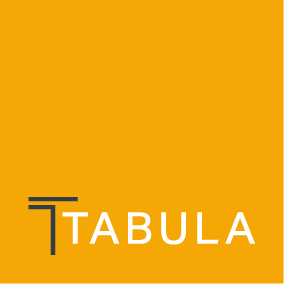There are few places that embody the ‘ETFs are just a wrapper’ mantra more than Europe’s burgeoning active ETF market, where a handful of mutual fund titans already eclipse the rest of the pack.
Active ETFs gained traction in the US in the second half of the last decade as investors swapped out mutual funds for ETF equivalents, a move to capitalise on the tax advantage offered by US-listed ETFs.
While no such tax advantage exists in Europe, a similar trend has been unfolding, with a tenth of all ETF launches in 2023 being actively managed and new players including AXA Investment Managers, abrdn, Investlinx and Horizon Kinetics entering the space within the past two years.
However, a pick-up in new entrants, launch activity and inflows belies the true picture, which is just three well-established mutual fund houses claim a dominant 53.8% share of the $32.9bn European active ETF market by the end of 2023, according to data from ETFbook.
In fact, Europe’s largest active ETF promoter, JP Morgan Asset Management, has alone cornered 42.5% of the market since entering in 2018 – with its $14bn active ETF assets under management (AUM) outstripping the scale of its nearest competitor by more than threefold.
It is worth noting there are success stories among new entrants, with AXA IM ranking fourth with $333m inflows into its active ETFs last year, however, the French issuer, like many of its peers in the space, already operates mirror strategies in its established mutual fund business.
Elsewhere, dedicated active ETF issuer Investlinx, which entered last February, boasted an optimistic start with $170m inflows across its two debut products in 2023.
After positive early asset gathering in the Italian market, the firm could have much further to go if it successfully carries out its planned expansions into the German and French markets.
But the scale of this success pales against JPMAM’s asset gathering in 2023, with the firm extending its grip on the product segment with $5.7bn inflows into its 36-strong active range, equivalent to 77.7% of all new assets entering active ETFs in Europe last year.
What is the issue?
For many, JPMAM’s red-hot momentum is neither undeserved or unproblematic, given the firm offers a broad range of strategies not previously seen in European ETFs at an asset-weighted average total expense ratio (TER) – 0.20% – lower than passive ETF giant BlackRock – 0.21%.
However, much as BlackRock has swelled to its current scale by offering low-margin iterations of well-trodden exposures with strong distribution, JPMAM is currently doing the same in active ETFs.
In fact, its flagship ‘Research Enhanced Index Equity’ suite in ETFs has a mirror range in mutual funds. Its largest product, the $6.1bn JPM US Research Enhanced Index Equity (ESG) UCITS ETF (JREU), has a low 0.20% TER and an active mutual fund equivalent housing $8.6bn.
Outlining the issue with the low-fee scale model of large asset managers, Michael John Lytle, CEO of Tabula Investment Management, said: “The basic point is whether we are creating an industry that has very little chance of offering anything to a broad product solution business.
“Active ETFs are just a vehicle for active strategies that have already been successful in other wrappers.
“You are basically wrapping it to sell it to an investor base that otherwise would not buy it, but you are not really doing anything to develop the market.”
Illustrating this, mid-size issuers such as VanEck – which launch products across smart beta, fixed income, thematics and crypto – noted the presence of large fund managers entering active ETFs and said it would not launch anything internally in the space.
“There are now active houses looking to offer at least part of their investment strategies in ETFs so those will also be added to the competition we already have,” Martijn Rozemuller, CEO of VanEck Europe, commented.
“While active has its challenges, these players are also big organisations with money. So, if a small ETF start-up has to compete with those guys, that is also tough.”
Not done yet
Overall, large mutual fund houses have won the early battles in active UCITS ETFs but there is much more product development and asset gathering yet to come.
JPMAM’s $19.9bn AUM in European ETFs is only a drop in the ocean compared to its multi-trillion-dollar asset management business and the firm has plenty of scope for new launches without cannibalising too much of its existing mutual fund range in Europe.
Perhaps the only challenge to the firm’s dominance so far in active UCITS ETFs will come in the form of new entrants already present in the mutual fund space.
Dimensional Funds, for instance, is the largest issuer of active ETFs in the US and operates mutual funds in Europe but has yet to declare plans to enter the continent’s nascent active ETF market.






